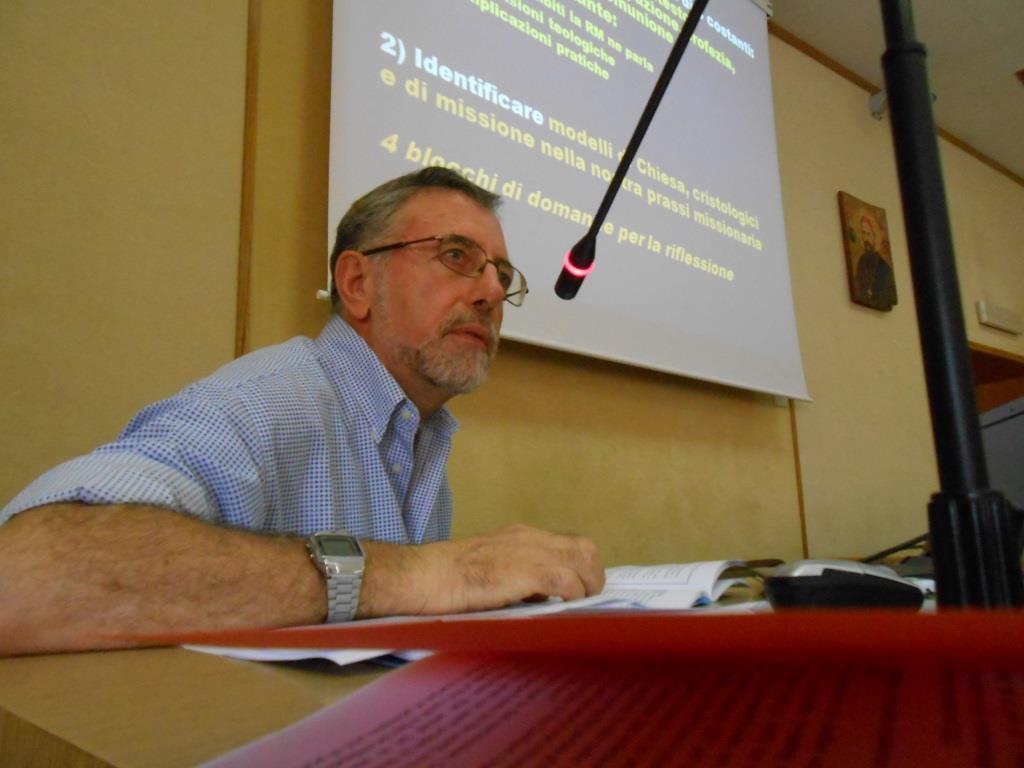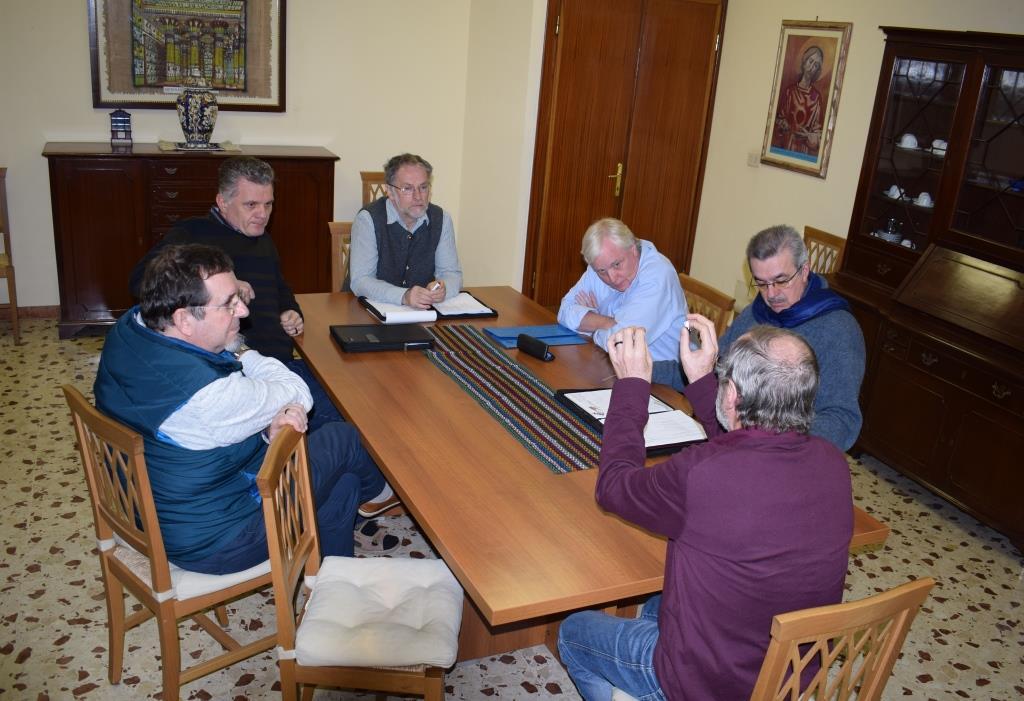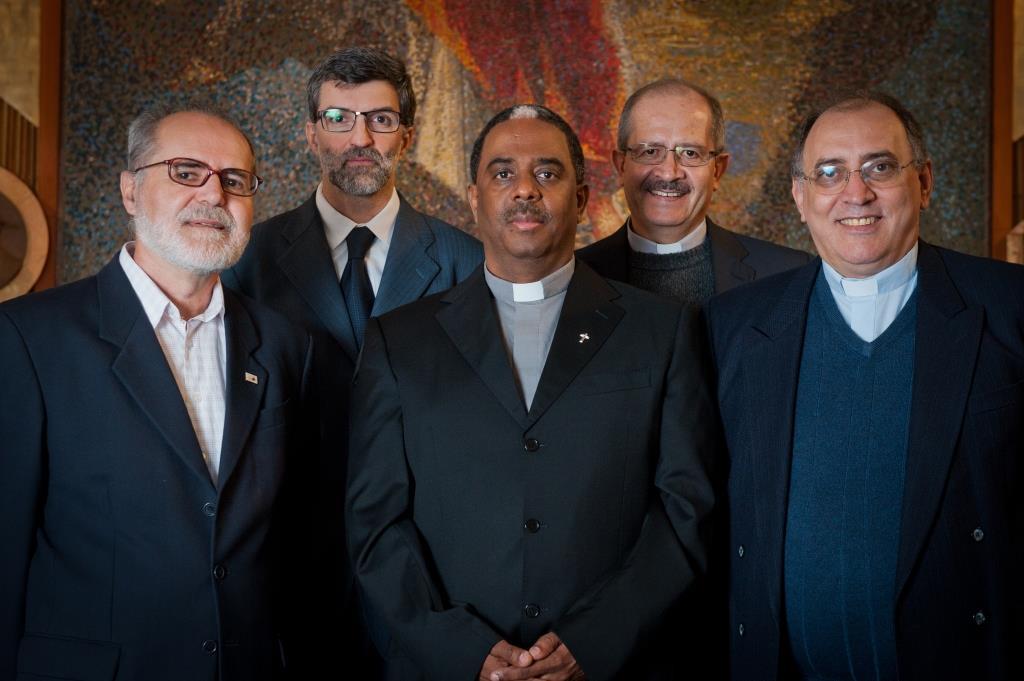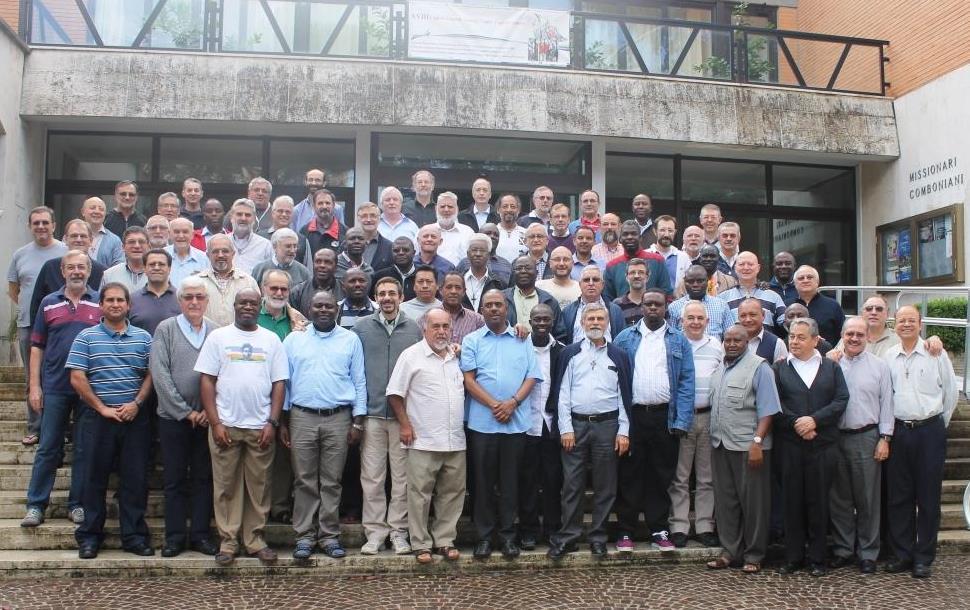Daniel Comboni
Comboni Missionaries
Institutional area
Other links
Newsletter
Sunday, August 9, 2015
Do the Comboni Missionaries have their own missionary method and if yes, in what does it consist? This article followed the publication of the Ratio Missionis (RM) of the Comboni Institute. The RM was an attempt to define what mission was for us as Comboni Missionaries of the 21st century. Consequently, what it implied in terms of attitudes, missionary criteria and choices. A further question posed by many Comboni missionaries would be if such existing missionary method be different from that of other Institutes. The RM, to the disappointment of many, did not answer this question in detail. It was interesting to investigate, therefore, how the General Chapters of the Institute had treated the theme of evangelization/mission ad gentes and what were the missionary priorities discussed in the Chapters’ meetings. Every General Chapter attempts to express, although not always in an articulated way, ‘to give reason’ to what is done in terms of missionary work and how this it is done, that is to say a formulation of a Ratio Missionis adapted to its times.
The present study, which takes into account the General Chapters from 1969 to 2009, treats the following themes for each General Chapters: primarily the nature and aim of evangelization; to whom and where missionary action is directed within the context in which this activity takes place; the paths of evangelization (therefore the ways in which it is carried out); finally, those responsible for evangelization and the spiritual dimensions of the missionary.
Not all Chapters have had the same weight and the same importance. The GC of 1969 and 1975 were watermarks for the Comboni Mission: they freed the mission from strictly geographical horizons and geared it towards the gentes, that is the poorest and most abandoned in the ‘sociological sense as much as in the religious one’ (two dimensions that should always be held together to justify our presence). Each Chapter, however, has given its original contribution to evangelization. It is therefore desirable that the next General Chapter strive to formulate what the Comboni mission in today's complex world is by listening to “what God's Spirit says to the churches”.
Fr. Everaldo de Souza Alves,
Comboni missionary,
in the Central African Republic.
The evolution of contents,
methods and modalities
of the word ‘evangelization ad gentes’
in the General Chapters
from 1969 to 2009
Fr. Antonio Vignato, at the beginning of the 20th century after the Mahdi revolution, wondered how a mission could be organized. Keeping into consideration that there were no models to put into practice and none of the missionaries present in that area had an experience to share in this regard. In fact, the revolution of the Mahdi had cancelled missionary work for almost two decades and manuals that could help organise missionary activity did not exist in the Sudan.
In the three missions of the south there existed two criteria of work: the criterion of those who stated that, to ‘form’ Christians “you had to form men before” - thus giving priority to “charitable assistance”. The other criterion was of those who claimed that you had to “form good Christians” so as to be able to form “good men” - and, therefore, religious education should have taken priority over the so-called ‘charity’. Of course, the issues raised were not just concerning a missionary theory but were the result of a particular context in which the first missionaries worked: in contact with a population brutalized by years of slavery, afflicted by the destruction of their culture and social cohesion, and decimated by hunger and disease. Therefore there were two methods of “organizing a mission”, each promoted by two extraordinary figures: the Apostolic Vicar Franz Xaver Geyer was inclined to favouring human development as a first step that would enable, successively, religious formation; conversely, Vignato favoured an approach in which religious instruction should have been the primary task.
Fr. González Galarza Fernando,
Comboni missionary,
in South Sudan.
The principle adopted in our missions of both in the Sudan and in Uganda will be that of Vignato. This principle would be elaborated into a missionary method in Vignato’s manual: Raccolta di suggerimenti e dottrine per utilità pratica del giovane missionario.
The method on how to ‘organize a mission’ remained unchanged (at least in the missions of Sudan and Uganda) until the sixties when, at the urging of the changes taking place in Africa and in the Church, and in contact with new fields of work, the Comboni missionaries began to question this method and attempted new ways of missionary work. Not only that. The emphasis on the primigenia inspiratio - therefore, on discovering the specific charism of the Comboni missionaries -had led to the question whether there was a particular method of work. Here, then, the efforts to specify, in the following years, the Comboni missionary method through various formulations of the question: apostolic method, missionary methodology, Comboni Missionary methodology, ratio evangelizationis, ratio missionis.
So far, the long process has not led to conclusive formulation;, to be honest, it appears that the topic has been worn out. Moreover, it is well established that the era of manuals, such as the claim to harness mission into detailed principles, norms and rules are outdated. Nevertheless, this does not exempt us from asking if there is truly a specific method of missionary work and in what it consists.
Fr. John Converset,
during the World Social Forum 2015
in Tunis, Tunisia.
Fundamental Issues
Two foundation stones have qualified the Comboni Missionary from 1969 onwards. Comboni as the founding figure and mission/evangelisation ‘ad gentes’ as a criterion of life choices.
“Born from the mission and for the mission – says the General Chapter of 1969 – the Institute must continually refer to mission. All its structures, works, Constitutions that govern the Institute, formation of its members, the kind of life and activity that the missionaries carry out should be inspired by a missionary aim. The Institute’s spirituality is linked to the charism of the missionary vocation [...] in the manner that has qualified the life of Comboni and of the most representative members of the Institute”.
Comboni missionaries,
who participated
in the World Social Forum
from 24 to 28 March 2015
in Tunis, Tunisia:
Fr. Fernando Zolli, Italy,
Fr. Joseph Mumbere M., D.R. of the Congo,
Fr. Daniele Moschetti, South Sudanl,
Fr. Isaiah Nyakundi Sangwera, Ethiopia,
Fr. Jean Claude Kobo, D.R. of the Congo.
The objective of this work is to investigate the issue of evangelization/mission ad gentes and to analyse, as far as possible, how the questions linked to that issue have been elaborated. I believe that the issues related to evangelization/mission ad gentes have acquired different shades of meaning over the years due to various diversities of political, social, religious and institutional contexts in which the Institute and its members were working.
Needless to say, we should study the history of evangelization in the Institute to have a more comprehensive look of the issues on the table. I think however, that it is possible to have a fairly good idea of such questions by considering the way the General Chapters have studied these issues over the years, since Chapters are “the Supreme authority of the Institute exercised in an extraordinary and collegial way, [that] expresses the participation of all missionaries in the life [of the Institute]” (Rule of Life # 146).
I would like to examine the Chapter acts from 1969 to 2009. I begin from 1969, because it was from that Chapter that the ‘specific’ of the Comboni Missionary became the object of reflection. Due to my evident limits of the understanding of the German language, I will only investigate the Chapter Acts of FSCJ and not of the Congregation of MFSC. The union two Congregations will be permanently established, as it is known, in the General Chapter of 1979.
Bro. Mario Camporese,
Comboni missionary,
in Ethiopia (1991).
An important element to clarify is the meaning to give to the word ‘context’ when talking about General Chapters. Undoubtedly, there is a general context to be considered that is that of the Church and the Institute, but it is equally clear that each of the delegates to the Chapter brings with him, we could say, a particular context given by the place where he works and by his ethnic and family background. A confrere who works in Latin America with indigenous peoples would have a special way to express his commitment ‘ad gentes’, as different would a brother who works with the pastoral peoples of East Africa implement his; there would be some differences of perspectives about the structures of mission of an African confrere from a European one. If mission ad gentes/evangelization is part of our identity, the theoretical viewpoints with their practical implementations of such a principle would vary in different contexts. Consequently, that would have quite huge implications in a General Chapter. I am convinced that the more diverse is the geographical composition and work of the participants to a Chapter, the more will the issues on the table would tend to take on different overtones (not to speak about preconceptions). This could spark off conflicts but also new enrichment in the understanding of the mission.
Two closing notes. The themes of each chapter are preceded by a brief (necessarily incomplete) description of the world ecclesial politics and of the situation of the Comboni missions: the context gives the historical coordinates that partly explain decisions taken by a General Chapter.
In the course of this paper the words ‘evangelization ad gentes’, ‘evangelization’, ‘missionary activity’, ‘missionary action’, ‘mission’ are used with the same meaning.
To read the full article in Italian, click here.

Bro. Artur Fernandes Pinto, Comboni missionary, in South Africa.











